- Category
- War in Ukraine
The Biggest Challenge Was Yet To Come. Remembering the Revolution of Dignity
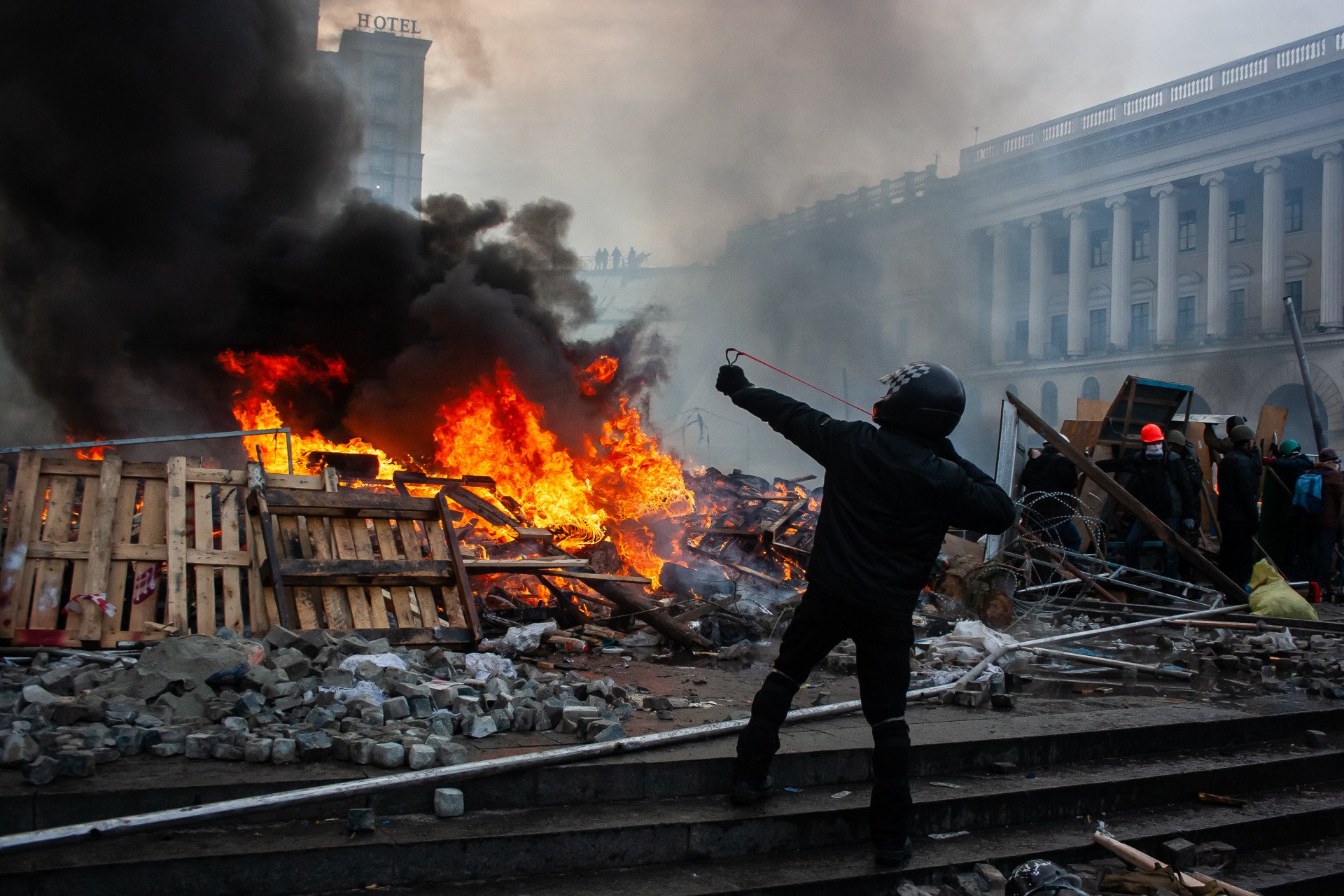
The Revolution of Dignity began 10 years ago. It was sparked by a brutal crackdown on peaceful students in Ukraine.
These students were protesting against a last-minute decision by Viktor Yanukovych to have closer ties with Russia instead of the European Union. This event marked a critical turning point—not only was it a fight for European integration, but it also symbolized a larger struggle for freedom and national identity.
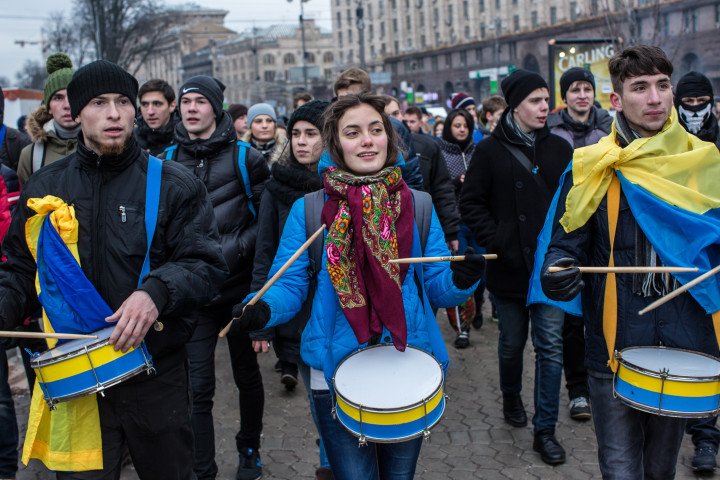
The rise of European values and national unity
After a sharp change in the Ukrainian authorities' attitude toward Russia, students decided to go out for a peaceful protest. These ideals motivated roughly 10,000 students and civil society members who initially gathered on Maidan Square in Kyiv after a viral social media post sparked the protests. The protests, driven by the desire for closer ties with the European Union, quickly gained momentum and support.
On November 30, 2013, the peaceful demonstrations took a dramatic turn when the infamous Berkut police force violently suppressed the students, sending shockwaves through the country. In response, around one million Ukrainians of all ages, classes, and backgrounds flocked to Maidan Square in solidarity, transforming it into the epicenter of a national movement.
The Revolution of Dignity truly began the night the police beat students—children.
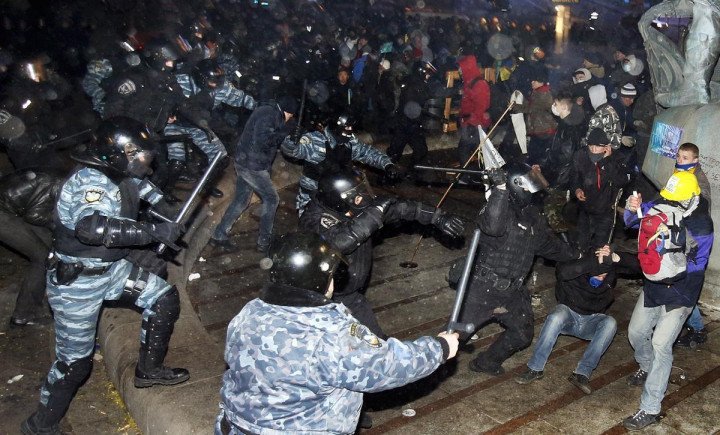
What happened on the streets revealed how far apart the Ukrainian society already was from the reality Yanukovych administration was trying to impose—in Ukraine, the violence against students sparked an immediate wave of outrage that mobilized large swathes of the population. The response made clear that Ukraine’s civic expectations, political instincts, and sense of collective responsibility were already moving in a very different direction from the one Moscow imagined.
The movement resonated deeply with those who had long been frustrated by the system’s inability to deliver justice and fairness. According to the Open Society Foundations, a non-profit organization that supports Ukrainian civil society through grants, the conditions for the revolution were clear:
“The protests were more than a demand for closer EU relations; they were a rejection of injustice as a way of life and of the post-Soviet politics of corruption and nepotism. Ukrainians took to the streets to denounce the country’s endemic corruption, from the grand corruption practiced by ex-president Yanukovych and his peers to everyday corruption and petty unfairness—like the need to bribe a teacher to get better classroom conditions for your children, a doctor to get an appointment, or the traffic police to avoid unlawful fines.”
This rejection of the status quo, alongside the demand for a more just and transparent future, was the core of the protests that become the Revolution of Dignity.
Revolution in the heart of Ukraine
The Maidan protests quickly became the epicenter of a revolution reshaping Ukraine’s future. Over the following months, the movement gained momentum, drawing in more participants and escalating into violent clashes with security forces.
As Yanukovych’s government failed to address the people's calls for democratic reform and instead intensified its violent repression, the protests evolved into a full-scale revolution. Maidan Square transformed into a powerful symbol of resistance, with thousands of Ukrainians from all walks of life gathering to demand change, risking their lives in defiance of government brutality.
According to a Newsweek report on February 18, 2014:
"EuroMaidan [had] grown into something far bigger than just an angry response to the fallen-through EU deal. It's now about ousting Yanukovych and his corrupt government; guiding Ukraine away from its 200-year-long, deeply intertwined and painful relationship with Russia; and standing up for basic human rights to protest.”
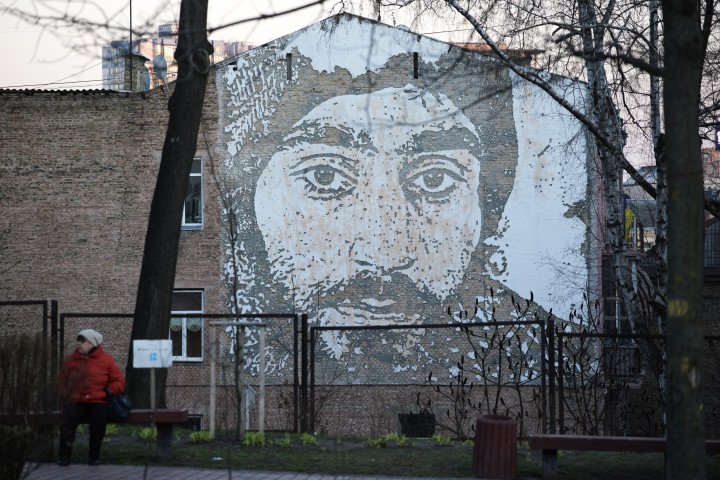
The escalation and first casualties
As the situation in Maidan Square deteriorated, Yanukovych and his loyalists' violent crackdown turned what had been a peaceful protest into a deadly conflict. The government’s response to demonstrators’ demands for change led to the first casualties, including many young, idealistic protesters like Serhiy Nigoyan, the first to be killed on January 22, 2014. He was fighting for his future and the future of the country he wanted to live in.
His death, along with Mikhail Zhiznevsky, a Belarusian protester, marked a breaking point. The revolution was no longer just about European integration—it became a decisive moment for the people to clarify their demands. Ukraine was teetering on the edge of totalitarianism.
The battle for Maidan intensified. The Berkut forces, notorious for their brutality, descended on the crowds, their bludgeons and tear gas taking down protesters who only grew more determined.
A single image—Mykhailo Havryliuk, a Cossack, publicly stripped and beaten, facing down a line of Berkut officers—captured the moment the peaceful demonstrations became something more. It was no longer just about politics.
The streets of Kyiv were filled with outrage, but also with resolve. As AP described it, “Outraged crowds soon filled Independence Square for peaceful anti-government protests. Later, after riot police used truncheons and tear gas to disperse the people, demonstrators set up tent camps with barricades, self-defense units, and banners with revolutionary slogans.”
By early December, the streets were alive with the energy of hundreds of thousands who had joined, ready to fight.
By February 18th, that energy turned to violence. What followed were three days of intense clashes between the protesters and Yanukovych’s security apparatus. The government’s violent response sealed the revolution’s shift from political protests to a bloody struggle for survival.
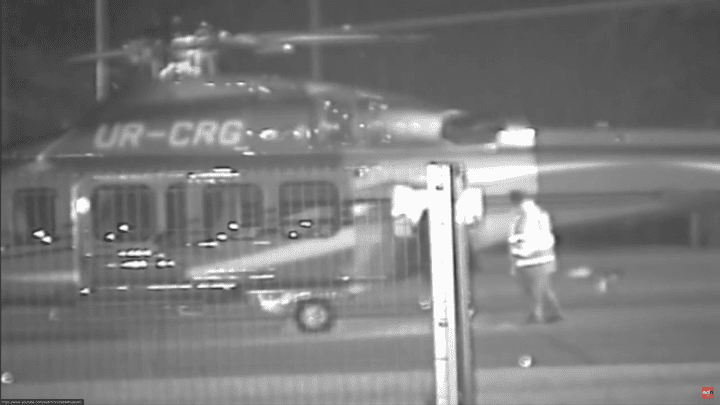
The revolution’s victory and Yanukovych’s flight
The revolution crescendoed on February 21st, 2014, when Yanukovych, unable to quell the protests, fled Ukraine for asylum in Russia. Before his departure, Yanukovych had signed bills allowing for the formation of a unity government, a pathway to reforms, and early elections.
His flight marked the collapse of a corrupt, authoritarian regime and the beginning of a new era for Ukraine—one filled with both hope and uncertainty. For the Ukrainian people, this victory was hard-won, achieved through months of brutal repression, sacrifice, and loss.
The streets of Kyiv, once filled with defiant protesters, now carried the weight of their hard-fought victory and the looming challenges of the post-revolutionary period. While the overthrow of Yanukovych had removed a corrupt and despotic regime, the revolution’s victory came at the cost of political fragmentation.
The path to rebuilding Ukraine’s political order was unclear, and the new government was forced to contend with deeply entrenched corruption, economic collapse, and external threats—especially from Russia—that threatened to derail the nation’s efforts to chart a new course.
In total, 108 protesters and 13 police officers lost their lives during the violence of the revolution, however many of the protesters were killed in circumstances that remain suspicious to this day.
Several victims of the Maidan protests were shot under unclear circumstances, fueling suspicions that external forces may have played a role in escalating the violence. Some eyewitnesses reported that certain individuals among the protesters were shot from positions that appeared to be behind the protesters, suggesting the possibility of sniper fire from what is thought to be the Hotel Ukraine.
This led to a flurry of speculation that Russian special forces or agent provocateurs from security services across the world may have been involved in intentionally escalating the conflict. This was done by either firing on both protesters and police to create chaos or by infiltrating the demonstrators to provoke further violence.
There were also accounts of individuals who mingled with the crowd, provoking clashes between protesters and security forces. These reports, combined with the unusual circumstances surrounding some of the deaths, contributed to the belief that external provocateurs had a hand in the bloodshed, ultimately making it harder to determine who was truly responsible for the killings and what the broader objectives behind the violence might have been.
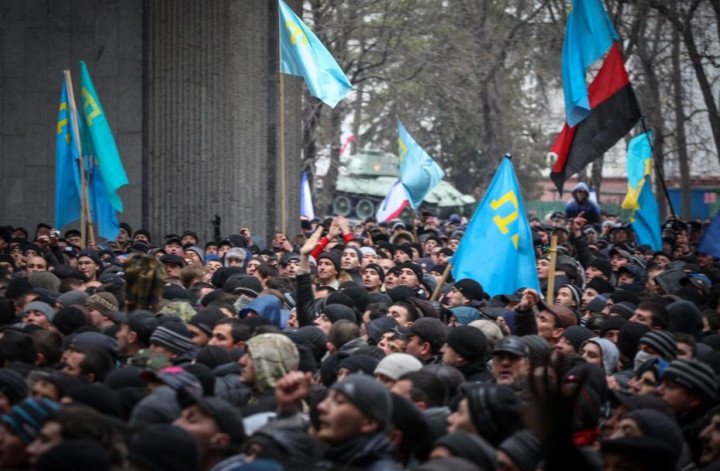
Russia’s hybrid warfare and the annexation of Crimea
Instead of accepting the new Ukrainian government, Russia saw the revolution and subsequent ousting of a Kremlin-aligned Yanukovych, as a threat to its influence in the region. In response, Russia launched a hybrid war, combining military intervention with disinformation, cyberattacks, and the use of proxy forces.
Russia's first bold move came in March 2014 with the illegal annexation of Crimea, an act that not only escalated tensions but also marked the beginning of the ongoing conflict in eastern Ukraine.
While the majority of Crimeans initially staged pro-Ukrainian protests, the mood in the region was soon manipulated by Russia. The largest protests were in favor of Ukrainian sovereignty, but Russia's covert operations began to shift the situation.
Crimean Tatar activists, who were among the strongest pro-Ukrainian voices on the peninsula, became targets of abductions and intimidation. Russian forces started kidnapping leading Crimean Tatar figures and silencing them through forced disappearances, attempts to suppress dissent, and threats to their families.
This growing pressure set the stage for the official invasion of Crimea by Russian forces. In the early hours of February 27, 2014, Russian soldiers, without insignia, dubbed “little green men,” began seizing key government buildings and airports across the peninsula.
The use of "little green men," as they were called due to their unmarked uniforms, marked the start of Russia's military intervention. The Crimean parliament was soon coerced into holding a controversial referendum, by foreign occupiers, and did not give the option to remain in Ukraine.
Russia used the results of the sham referendum to justify its actions despite international condemnation. This move further entrenched Russia's illegal annexation, destabilizing the region.
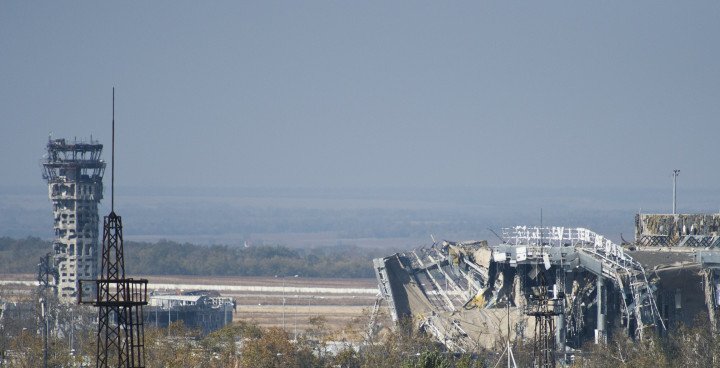
The Anti-Terrorist Operation (ATO)
As Russia sent troops and equipment into Ukraine’s Donbas, though at the time, the Kremlin actively denied their involvement.
Russia’s occupation of Crimea had already set the stage for the broader conflict, but it was in Donbas that the first major battles between Ukrainian forces and Russian-backed mercenaries erupted, shifting it into an all-out military confrontation.
In the months following Crimea’s attempted annexation, pro-Russian groups, many of whom were heavily influenced, and supported both materially and with manpower by Russia, seized control of key cities in Donetsk and Luhansk.
These regions, collectively known as Donbas, became the epicenter of the conflict. What started as protests and sporadic clashes quickly escalated into full-scale battles, with Ukrainian forces fighting to retain control of their territory against heavily armed militia.
Russia's role in Donbas was initially covert, with the Kremlin continuing to deny any direct military involvement, despite the overwhelming evidence of Russian troops, heavy artillery, and military equipment pouring into the region.
The first major battles occurred in April 2014 when Ukrainian forces launched an operation to retake Sloviansk, a key city in the Donetsk region, held by pro-Russian forces. This marked the beginning of intense military engagement, with both sides suffering heavy casualties.
The war quickly intensified with the involvement of Russian troops and special forces, who provided crucial support in turning the tide in favor of the rebels. The Ukrainian army, though well-trained, was not prepared for the advanced weapons, tanks, and artillery brought in by Russia.
The fighting in Donbas soon became a brutal stalemate, with cities like Donetsk and Luhansk enduring heavy bombardment, and thousands of civilians caught in the crossfire. Key battles during this period included the struggle for Donetsk airport, which became a symbol of Ukrainian resistance until its capture by Russian-backed forces in 2015, and the retaking of Mariupol by Ukrainian forces in 2014, which helped solidify their control over key strategic areas.
Despite these major battles, diplomatic efforts were made to de-escalate the conflict. This resulted in the two Minsk Agreements, the first in 2014 and the second in 2015, which sought to implement a ceasefire and establish a framework for peace. However, both agreements were repeatedly violated, and the fighting continued to rage, until eventually simmering down.
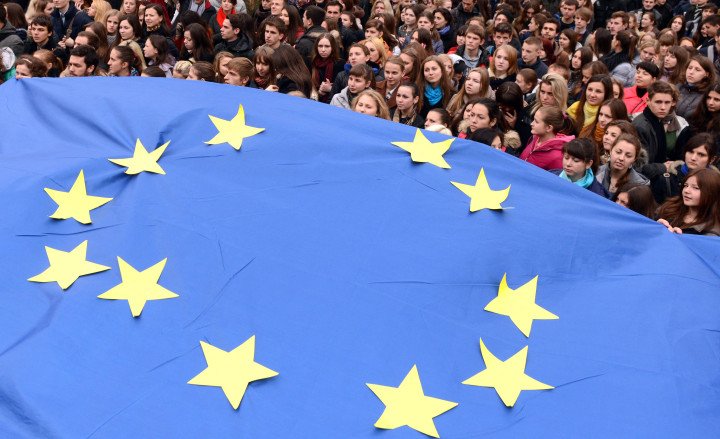
The war that changed everything
The Revolution of Dignity paved the way for a free and democratic Ukraine. Russia’s hybrid war in eastern Ukraine set the stage for Moscow’s 2022 full-scale invasion, which has reshaped Ukraine’s national identity and its relationship with Russia.
What began as a struggle for democratic reforms and European integration soon placed Ukraine on a path that would test the country's desire for independence through the challenge of war with what was then considered the second-strongest army in the world.
The ongoing war has not only threatened Ukraine’s territorial integrity but has also forced the country to redefine itself in profound ways, shifting its alliances and forging a renewed sense of unity and purpose.
As the war rages on, it serves as a constant reminder of the price of freedom. Over the past decade, Ukraine’s resolve has been tested at every turn, as it fights to defend its sovereignty against Russian imperialism.
Revolution and war had brought Ukraine to the brink, but it has also highlighted the strength and determination of a people who refused autocracy and a lifetime of enduring corruption.
In the process, Ukraine distanced itself from Russia's grasp and experienced a period of growth, realizing some of its European potential. However, this period was short-lived, and now, after 1,000 days of all-out war, it is clear that the biggest test of Ukraine’s resolve was yet to come.
-29ed98e0f248ee005bb84bfbf7f30adf.jpg)

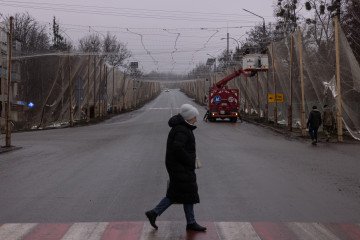
-f88628fa403b11af0b72ec7b062ce954.jpeg)
-b63fc610dd4af1b737643522d6baf184.jpg)

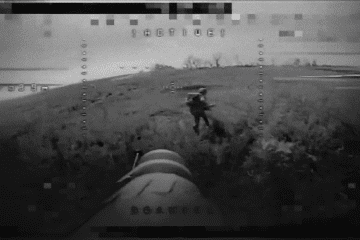
-29a1a43aba23f9bb779a1ac8b98d2121.jpeg)
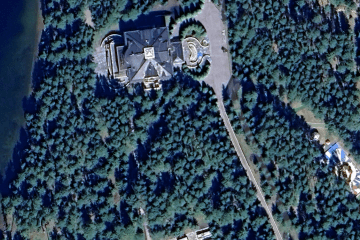
-24deccd511006ba79cfc4d798c6c2ef5.jpeg)